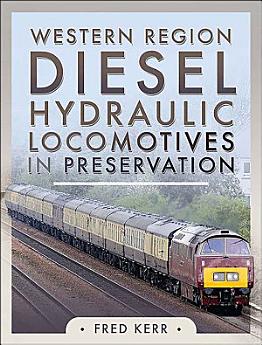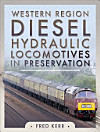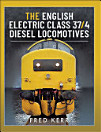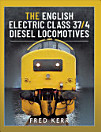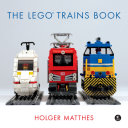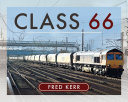Western Diesel Hydraulic Locomotives in Preservation
Oct 2023 · Pen and Sword Transport
Ebook
128
Pages
family_home
Eligible
info
reportRatings and reviews aren’t verified Learn More
About this ebook
When British Railways initiated its Modernisation Plan in 1955, its Western Region elected to trial locomotive designs with hydraulic transmission whilst BR encouraged designs with electric transmission. The Western Region felt that the lighter weight of 78 tons for a diesel hydraulic locomotive producing 2000 hp, compared to an equivalent weight of 132 tons for a diesel electric locomotive producing 2000 hp, would better meet BR's requirement for a modern locomotive. BR's failure to follow up with its declared policy of having all freight vehicles fitted with brakes saw operators preferring the heavier diesel electric designs which proved more able to operate trains without through brakes at higher speed. The greatest concern was with operating costs whereby the Western Region policy of replacing components at the depot then transferring them to Swindon for repair incurred heavy costs that were reflected in the maintenance cost per locomotive. Given the smaller number of diesel hydraulic locomotives and the larger number of diesel electric locomotives it was little surprise that by the mid-1960s a cost comparison showed that the build and operation of diesel electric locomotives was increasingly cheaper over the long term. Furthermore the increased availability of diesel electric locomotives released by a combination of factors provided an opportunity to replace the diesel hydraulic fleet, which was withdrawn from service during the 1970s. The preservation of redundant locomotives was slow but once it was confirmed, by the preservation of 'Hymek' Class 35 D7017 in 1975, that public appeals could quickly fund the preservation of withdrawn examples further public appeals followed. In a short space of time 31 locomotives from a mixed fleet of 358 locomotives entered preservation to remind both enthusiasts and the public of a concept (i.e. hydraulic transmission) that had had much to offer but had been dismissed on questionable financial grounds.
About the author
Fred Kerr was born in Edinburgh in 1948 where he gained an interest in railway locomotives from both the LMSR and LNER companies whose services permeated the local network. When his parents moved to Corby in 1956 the local steelworks provided further interest from its mix of freight services, including seeing the last of the Beyer Garrets and the replacement Standard Class 9Fs whilst the industrial locomotives of the internal steelworks network offered further insight into the variety of steam locomotives. This was a time of change and during the 1960s the interest in locomotives included the new order of diesel and electric traction without reducing the interest in steam traction. While his interest in Diesel Traction led to his early involvement with the Diesel & Electric Group and its preservation activities during the 1970s, his move to Southport in 1982 restored his opportunities to return to his first love of viewing steam locomotives at work and this album records some of the locations that he chose to visit and the locomotives that he was able to photograph. Today his interest continues as a life member of the A4 Locomotive Society, Keighley & Worth Valley Railway and Ribble Steam Railway whilst he also support bodies concerned with preserving steam locomotives, diesel locomotives and infrastructure extensions.
Rate this ebook
Tell us what you think.
Reading information
Smartphones and tablets
Install the Google Play Books app for Android and iPad/iPhone. It syncs automatically with your account and allows you to read online or offline wherever you are.
Laptops and computers
You can listen to audiobooks purchased on Google Play using your computer's web browser.
eReaders and other devices
To read on e-ink devices like Kobo eReaders, you'll need to download a file and transfer it to your device. Follow the detailed Help Center instructions to transfer the files to supported eReaders.
